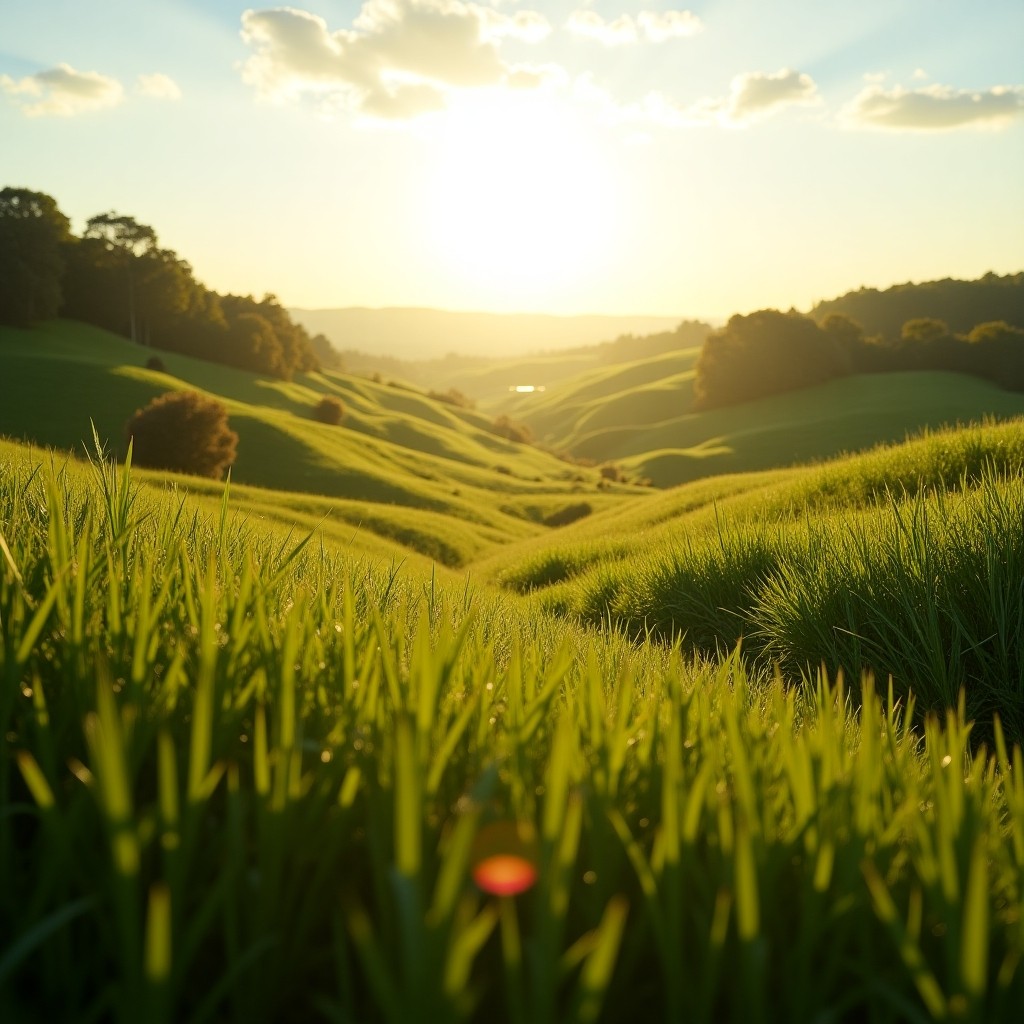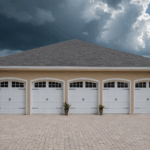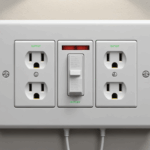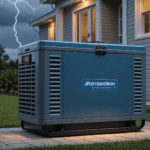Choosing the right location for your raised bed garden is a crucial step that can significantly impact the success of your DIY gardening project. The ideal spot will provide the necessary conditions for your plants to thrive, including ample sunlight, proper drainage, and accessibility for maintenance.
First and foremost, consider the sunlight requirements. Most vegetables and flowers in a raised bed garden need at least six to eight hours of direct sunlight each day. Therefore, it’s crucial to observe your garden setup over a few days to note which areas receive the most sun. Keep in mind seasonal changes as well, as the sun’s path shifts throughout the year.
Drainage is another key factor in selecting the location. The area should be slightly elevated or have a natural slope to ensure excess water can effectively drain away from the raised beds. Avoid placing the garden at the bottom of a hill or in an area that collects rainwater. Poor drainage can lead to waterlogged soil, which may cause root rot and other plant diseases.
Accessibility should not be overlooked, particularly for regular maintenance tasks such as watering, weeding, and harvesting. The area should be easily accessible from a water source to simplify routine watering. Additionally, consider the proximity to your home to make it convenient to tend to your garden frequently.
The size and shape of your raised bed will also influence its location. Plan for enough space around the beds to allow for comfortable movement and access. When designing your garden setup, ensure paths are wide enough for a wheelbarrow or gardening tools.
| Criteria | Ideal Considerations |
| Sunlight | 6-8 hours of direct sunlight |
| Drainage | Slightly elevated; not in low-lying areas |
| Accessibility | Close to water source and easy to reach |
| Space | Sufficient for maintenance and movement |
By carefully evaluating and choosing the optimal location, you can set the foundation for a successful raised bed garden. This initial step is a pivotal part of the DIY gardening process, laying the groundwork for future plant growth and harvests.
Gathering materials and tools
Once you have selected the perfect location for your raised bed garden, the next step is gathering all the necessary materials and tools to start your DIY gardening project. Having everything on hand before you begin building will make the process smoother and more efficient.
-
Materials for Building the Raised Bed:
- Lumber: Choose rot-resistant wood like cedar or redwood, which can withstand the elements and last for several years. Standard dimensions are 2×6 or 2×8 inches for the sides and 4×4 inches for corner posts.
- Hardware: Use galvanized screws or decking nails to secure the wood, as they are rust-resistant and ensure the durability of your raised bed structure.
- Cardboard or Landscape Fabric: To suppress weed growth, you will need a layer of cardboard or landscape fabric at the bottom of the bed.
- Plastic or Metal Corner Braces: For extra stability, consider using corner braces if your raised bed is particularly large or needs additional support.
-
Tools Required:
- Drill: An electric drill will be essential for quickly and effectively securing the lumber with screws.
- Saw: Depending on the size of your chosen lumber, you may need a hand saw or a circular saw to cut the wood to the desired lengths.
- Measuring Tape and Square: Accurate measurements are key to building a level and proportionate raised bed.
- Shovel and Gardening Fork: These are crucial for the initial preparation of the area and later for filling the bed with soil.
- Level: To ensure your garden setup is even, a level will be necessary during the construction process.
- Protective Gear: Safety glasses and gloves are essential to protect yourself while cutting and assembling the materials.
-
Materials for Filling the Bed:
- Soil Mix: A combination of topsoil, compost, and other organic matter, blended to provide adequate nutrients and drainage for your plants.
- Mulch: To conserve moisture and prevent weed growth, have mulch ready to apply once planting is complete.
By assembling these materials and tools beforehand, you streamline the process and reduce potential interruptions once you start building your raised beds. Preparing thoroughly sets a solid groundwork for your DIY gardening project, ensuring a practical and enjoyable garden setup experience.
Building the raised bed
With all your tools and materials gathered, you are now ready to construct your raised bed, which is a cornerstone of your DIY gardening project. Building a robust and reliable structure is key to ensuring that your garden setup can thrive under various conditions and provide a productive yield for years.
Start by cutting your chosen lumber to the desired sizes, if not already done. Using a measuring tape and square, ensure that all your cuts are precise, giving you straight edges that will fit together seamlessly. It’s a good practice to measure twice and cut once, as this ensures accuracy and reduces waste of materials.
Next, arrange your lumber pieces to form the outline of your raised bed. It’s advisable to assemble the structure close to its final location to minimize the need for heavy lifting. Position the longer side pieces parallel to each other, then attach the shorter end pieces to create a rectangular or square frame. Using your electric drill, fasten the pieces together with galvanized screws, opting for at least two screws on each end of the boards to provide stability. Secure the corners well, and consider using plastic or metal corner braces for added reinforcement, especially for larger beds or if your area experiences strong winds.
Once the basic shape is assembled, it’s time to ensure that your bed is level. Use a carpenter’s level and, if necessary, adjust the bed by adding or removing soil from beneath it until the frame is even on all sides. This step is crucial as a level bed ensures uniform water distribution, preventing pooling on one side which could lead to plant diseases or poor growth.
If your bed is deep or large, consider adding cross-supports using additional pieces of wood to prevent the sides from bowing outward over time due to the weight of the soil. Space these every two to three feet, depending on the size of your raised bed.
Next, line the bottom of the bed with cardboard or landscape fabric. This layer acts as a barrier to weeds while also retaining moisture. The cardboard will eventually decompose, enriching your soil, whereas landscape fabric is designed to be more permanent.
Now that your structure is complete and prepared, take a moment to admire your handiwork. Building the raised bed is the most labor-intensive part of the garden setup process, and knowing you’ve built a sturdy frame with your own hands is incredibly rewarding. By ensuring the raised bed is well-constructed, you provide a stable environment that can support a thriving garden, delivering bountiful harvests and a multitude of gardening joys.
Filling the bed with soil
Now that your raised bed structure is complete, it’s time to fill it with the appropriate soil mixture to ensure your garden setup supports healthy plant growth. The foundation you create here will play a crucial role in how well your plants thrive in their DIY gardening environment.
Start by preparing a soil mix tailored to the needs of a raised bed garden. A high-quality mixture typically includes a blend of topsoil, organic compost, and other amendments that provide essential nutrients while ensuring proper drainage. One popular formula is known as “Mel’s Mix,” which consists of one-third peat moss, one-third vermiculite, and one-third compost from various sources. This combination creates a light, well-draining, and nutrient-rich medium perfect for most vegetable and flower gardens.
When acquiring topsoil, aim for a loamy texture, which offers a balanced mixture of sand, silt, and clay. This balance allows water to drain adequately while retaining enough moisture for plant roots. Mix the topsoil with generous amounts of compost, as this organic matter supplies necessary nutrients and promotes beneficial microbial activity in your raised beds. Using compost derived from diverse sources helps enrich your soil with a variety of nutrients, benefiting different plant types.
As you fill the bed, add the soil mixture in layers, lightly packing each layer before adding the next. This layered approach helps reduce air pockets and ensure uniform distribution throughout the bed. The soil should reach about two inches below the top edge of the bed, providing space for mulch and reducing soil erosion from heavy rain or watering.
To further prepare your DIY gardening project for success, consider incorporating additional amendments tailored to the specific plants you intend to cultivate. For instance, adding perlite or sand can improve drainage for plants that prefer drier conditions, while a touch of worm castings can enhance nitrogen content for nutrient-hungry crops like tomatoes and peppers.
Once the soil mixture is in place, give it a thorough watering to settle the components and encourage immediate cohesion between the layers. This initial watering also helps wick moisture to the plant roots more effectively once they’re planted. Let the watered soil sit for a day or so before planting to allow excess water to drain and microbial activity to activate.
The effort you put into filling your raised bed with a carefully curated soil mixture will provide the ideal environment for your garden setup. By focusing on the right balance of nutrients and drainage from the outset, you set the stage for lush, healthy growth and bountiful harvests in your raised bed garden.
Planting and maintenance tips
Whether you’re planting vegetables, herbs, or flowers, choosing the right plants is essential for a successful garden setup. Opt for crops that do well in your climate and match the sunlight conditions of your raised beds. Consider starting with easy-to-grow options like lettuce, spinach, or bush beans if you’re new to DIY gardening. Once you’ve chosen your plants, plan their layout strategically. Shorter plants should be positioned on the southern side of the bed to ensure they don’t overshadow taller ones, while climbing plants like peas or cucumbers can be placed at the back to take advantage of vertical structures.
Planting in raised beds offers a great advantage by allowing for close plant spacing, which not only maximizes yield but also reduces weed growth. As you plant, be mindful of spacing requirements to avoid overcrowding, which can lead to less air circulation and promote disease. Gently tease out roots of transplants to encourage them to spread into the new soil, and plant seeds at the recommended depth, covering them lightly with your prepared soil mix.
Watering is a key aspect of maintenance in a raised bed garden. Since these gardens can drain more freely than traditional in-ground gardens, they might need to be watered more frequently, especially in drier climates or during hot spells. Water deeply, aiming to moisten the entire root zone rather than just the surface, which encourages roots to grow deeper and more resilient. A morning watering routine is often best as it minimizes evaporation and allows plants to absorb moisture during the hotter parts of the day.
Mulching is an effective strategy to retain moisture, suppress weeds, and regulate soil temperature in your raised beds. Apply a thick layer of organic mulch, such as straw, shredded leaves, or wood chips, around the base of your plants. This not only conserves water but also adds organic matter to the soil as it breaks down over time.
Consistent monitoring of your garden setup will help you catch issues early, whether they’re pest-related or signs of nutrient deficiencies. Look for common pests like aphids or caterpillars and manage them with organic options such as insecticidal soap or hand-picking. Regularly inspect your plants for any yellowing leaves or stunted growth, which might indicate a need for additional nutrients. In such cases, a balanced organic fertilizer or compost tea can be used to supplement feeding.
Finally, keep a close eye on your plants’ progress and be proactive with crop rotation practices in your DIY gardening efforts. Changing the plant families you grow in each bed every season helps prevent soil-borne diseases and improves long-term soil health. With attention to detail and consistent care, your raised bed garden will not only thrive through the seasons but also provide you with fresh, homegrown produce that enriches your meals and beautifies your space.
In conclusion, setting up a raised bed garden can transform your outdoor space into a fruitful and aesthetically pleasing haven. By following these steps—from choosing the right location, gathering materials, building and filling your bed with quality soil, to planting wisely and maintaining diligently—you equip yourself with the necessary tools for gardening success. Engaging in DIY gardening not only enhances the vibrancy of your home landscape but also offers the joy of nurturing and harvesting from your own effort, bringing nature’s bounty lovingly to your table.










